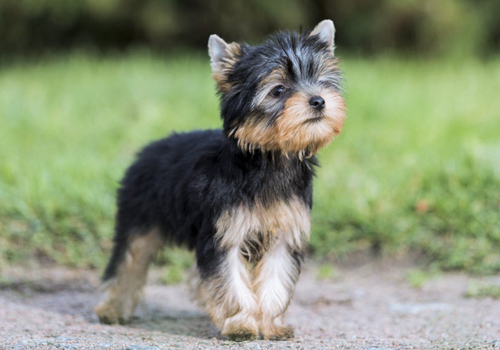The Yorkie was created by working men of north England, who developed the breed for catching the terrible rats and mice that infested clothing mills and mine shafts. These hunting dogs could penetrate into badger and fox burrows. The breed is not very old, but its origins are not entirely certain.
However, it seems likely that Scotsmen seeking work in the woolen mills of Yorkshire brought with them various types of terrier, including the Skye Terrier,Dandie Dinmont,Manchester Terrier,Malteseand the now-extinct Clydesdale (Paisley Terrier).
These were then crossed with local types, such as the longhaired Leeds Terrier. At first, the Yorkie was a much bigger animal than the one we see today, but by selectively breeding the smallest individuals, the dog was gradually miniaturized over the years. It was made into a fashion dog. Women carried these little dogs in their bags and under their arms. The Yorkshire Terrier was first recognized by the AKC in 1885.











